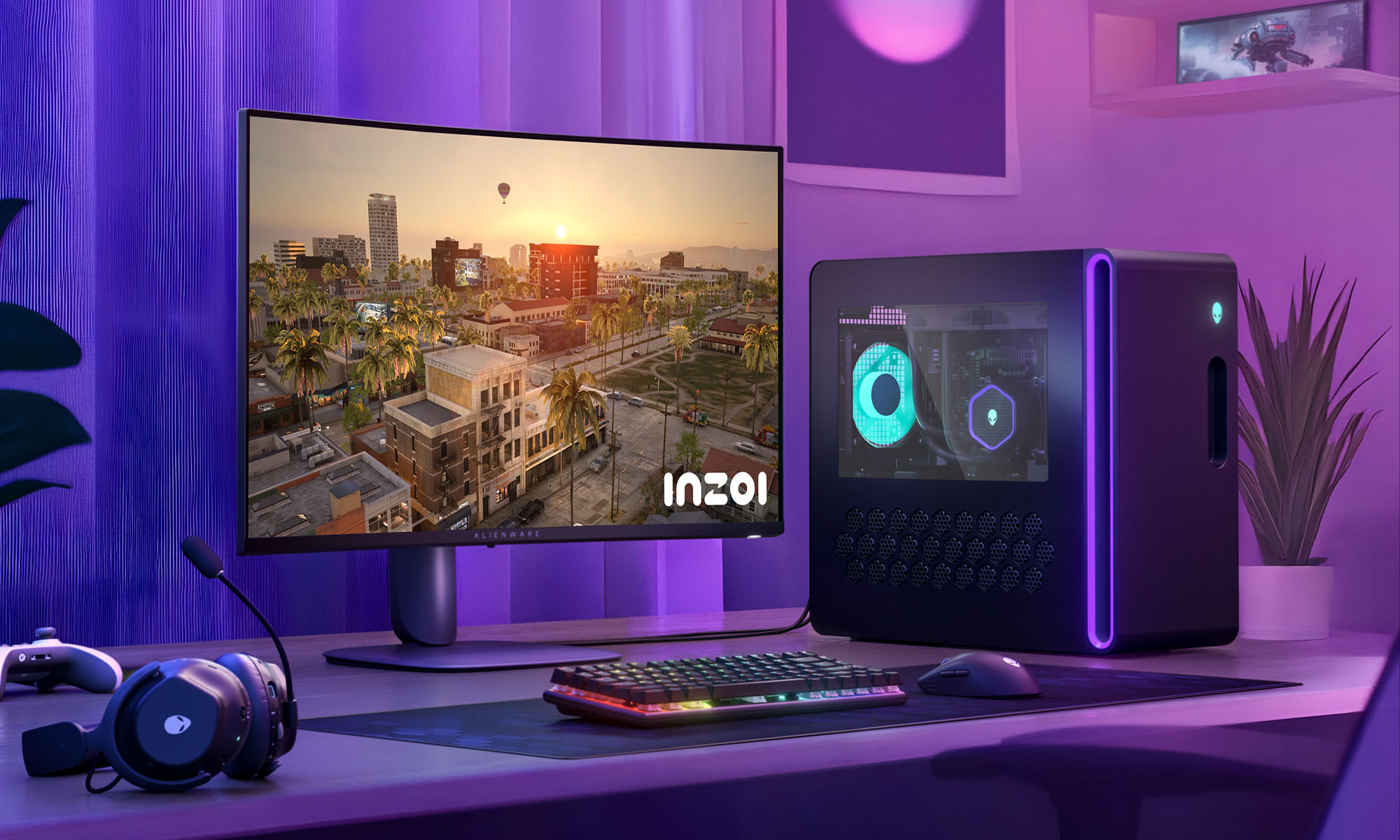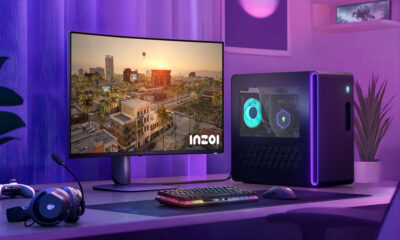News
Instagram Attempts To Dispel Shadowbanning Conspiracies
The Meta-owned company wants creators to better understand how the platform’s algorithms work.

A new blog post by Adam Mosseri — Instagram’s top exec — has offered some of the most detailed explanations about how the platform’s algorithm ranks various recommended content in a bid to dispel conspiracy theories concerning shadowbanning.
“Instagram doesn’t have a singular algorithm that oversees what people do and don’t see on the app,” explained Mosseri in his post. Instead, the executive explained that there are several algorithms and ranking systems working behind the scenes of the Explore, Reels, Stories, and Search sections of the app, with each using different signals for cues as to whether a creator or piece of content should be offered for a viewer’s perusal.
Regarding the order of posts in a user’s main feed, the algorithm uses past viewing activity to determine what to show next, as well as “closeness” and “how likely you are to be connected as friends or family”. On the other hand, Explore recommendations are primarily driven by “posts you’ve liked, saved, shared, and commented on in the past” but are more likely to come from creators or accounts the user has never interacted with.
One of the most interesting parts of Mosseri’s blog post is about “addressing shadowbanning”. Mosseri admits there isn’t a universal definition for the term but acknowledges that some creators “use the term to imply that a user’s account or content is limited or hidden without a clear explanation or justification”. Mosseri says that Instagram is working hard to increase transparency around when content or accounts are hidden from the platform’s recommendations.
Also Read: Adobe Firefly AI Image Generator Comes To Photoshop
Mosseri notes that the “account status” feature will alert users if their content or entire account is considered “ineligible” for recommendations and that an appeals process is also available. While this isn’t the first time Instagram has addressed shadowbanning, there has been a noticeable shift in how the company talks about the topic.
The new details from Adam Mosseri’s blog underscore just how vital algorithm recommendations are to Instagram’s operation. Meta chief Mark Zuckerberg has even said that his goal is to transform both Instagram and Facebook into “discovery engines” focused on recommendations rather than posts from friends.
News
Alienware Just Announced Six New Gaming Monitors
The new models include three QD-OLED and three budget-friendly QHD options, expanding the company’s lineup for all gamers.

Alienware has just updated its gaming monitor lineup with six new additions, including the highly anticipated Alienware 27 4K QD-OLED Monitor. The latest wave of releases is set to reach more gamers than ever, offering high-end QD-OLED displays alongside more budget-friendly options.
The latest displays clearly show that the company is doubling down on QD-OLED with three new models sporting the technology. A redesigned Alienware 34 Ultra-Wide QD-OLED Monitor is also making a return, further refining what is already a fan-favorite display.
A Unified Design: The AW30 Aesthetic
All six monitors feature Alienware’s new AW30 design language, first introduced at CES. The AW30 aesthetic brings a futuristic, minimalist look that unites the entire lineup under a cohesive visual identity.
Pushing QD-OLED Even Further
The refreshed Alienware 34 Ultra-Wide QD-OLED Monitor (AW3425DW) builds on its predecessor’s success with a 240Hz refresh rate (up from 175Hz) and HDMI 2.1 FRL support. It also gains G-SYNC Compatible certification alongside AMD FreeSync Premium Pro and VESA AdaptiveSync, ensuring ultra-smooth performance. With a WQHD (3440×1440) resolution and an 1800R curve, this display enhances immersion for both gaming and cinematic experiences.
For those who crave speed, the Alienware 27 280Hz QD-OLED Monitor (AW2725D) pairs a high refresh rate with QHD resolution, balancing sharp visuals with ultra-smooth gameplay. Meanwhile, the Alienware 27 4K QD-OLED Monitor (AW2725Q) delivers stunning clarity with an industry-leading pixel density of 166 PPI, making it the sharpest OLED or QD-OLED monitor available.
Also Read: Infinite Reality Acquires Napster In $207 Million Deal
Worried about OLED burn-in? Alienware’s entire QD-OLED lineup comes with a three-year limited warranty covering burn-in concerns, offering peace of mind for gamers investing in these high-end displays.
Bringing QHD To A Wider Audience
Alongside QD-OLED, Alienware is also releasing three new QHD gaming monitors aimed at more price-conscious gamers. The Alienware 34 Gaming Monitor (AW3425DWM), Alienware 32 Gaming Monitor (AW3225DM), and Alienware 27 Gaming Monitor (AW2725DM) provide a range of sizes and formats to suit different preferences:
- The Alienware 34 Gaming Monitor (AW3425DWM): An ultrawide (WQHD) option for a panoramic, immersive experience.
- The Alienware 32 Gaming Monitor (AW3225DM): A standard 16:9 panel for a traditional but expansive desktop setup.
- The Alienware 27 Gaming Monitor (AW2725DM): A 27” display offering the same performance in a more compact form factor.
All three gaming monitors feature a fast 180 Hz refresh rate, a 1ms gray-to-gray response time, and support for NVIDIA G-SYNC, AMD FreeSync, and VESA AdaptiveSync to eliminate screen tearing. Additionally, with 95% DCI-P3 color coverage and VESA DisplayHDR400 certification, these displays deliver vibrant colors and high dynamic range for lifelike visuals.



























